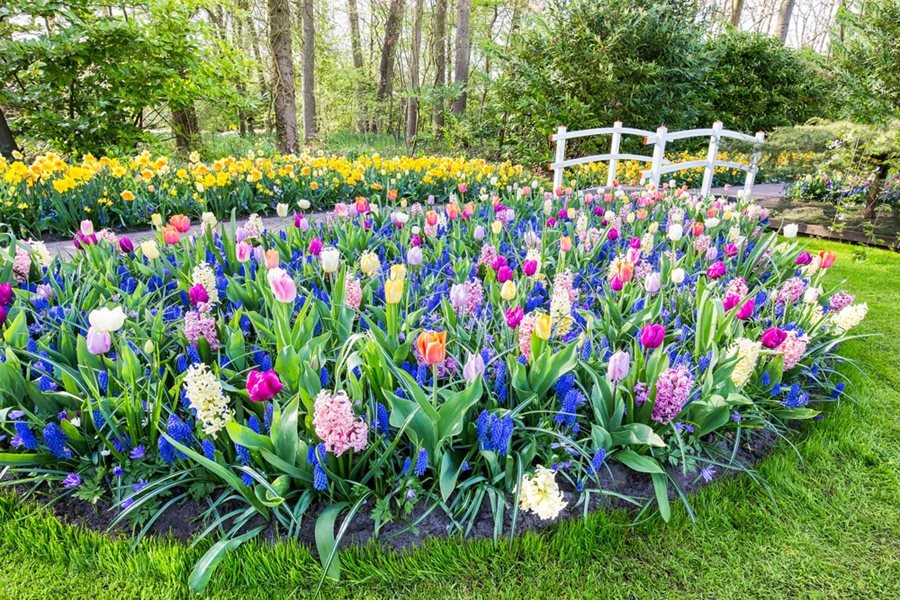Now that spring has settled and gardens are beginning to produce seedlings and some harvesting is beginning, it is time to think about planting summer bulbs. Planting summer bulbs to produce beautiful and colorful flowers are a lovely treat during the late summer months to admire while enjoying your cold ice tea with fresh mint and ripe cucumber/tomato from your garden.
In order to begin planning your bulb planting, go to the USDA Plant Hardiness Zone Map to determine which plants are most likely to thrive in your environment.
It’s important to remember that summer-flowering bulbs can be planted early to mid-spring and flower throughout the later summer months. “Gladiolus, lilies, caladiums, and elephant ears are common examples of summer bulbs. Some will bloom later in summer or for a longer time, like dahlias that bloom into fall.”
Here is what you will need to do in preparation for planting summer bulbs:
- Site Preparation: Till or turn over the soil to a depth of approximately 6 to 10 inches.
- Planting Time: Always plant summer flowering bulbs in the spring after the soil is warm to the touch.
- Planting Depths: Most summer flowering bulbs are planted in a shallow indentation. Using a trowel and following package directions, dig the hole and place the bulb, root or corm in it. Cover with soil and tap it down with the flat of your hand or the trowel.
- Water: Water bulbs well, but don’t overdo it. Once the bulb begins growing and flowering, it may require more water.
- Fertilizer: Summer flowering bulbs are very easy going and generally do not need fertilizer if you amended the soil with a good quality compost. A dose of a balance 5-10-5 or 10-20-10 fertilizer can keep plants blooming and thriving.
- After-Care and Digging Up Bulbs: In warmer climates, bulbs can be left in the ground with a layer of mulch in winter to protect and insulate them. In colder climates, they’ll need to be dug up and stored until the following spring.
Happy Planting!

